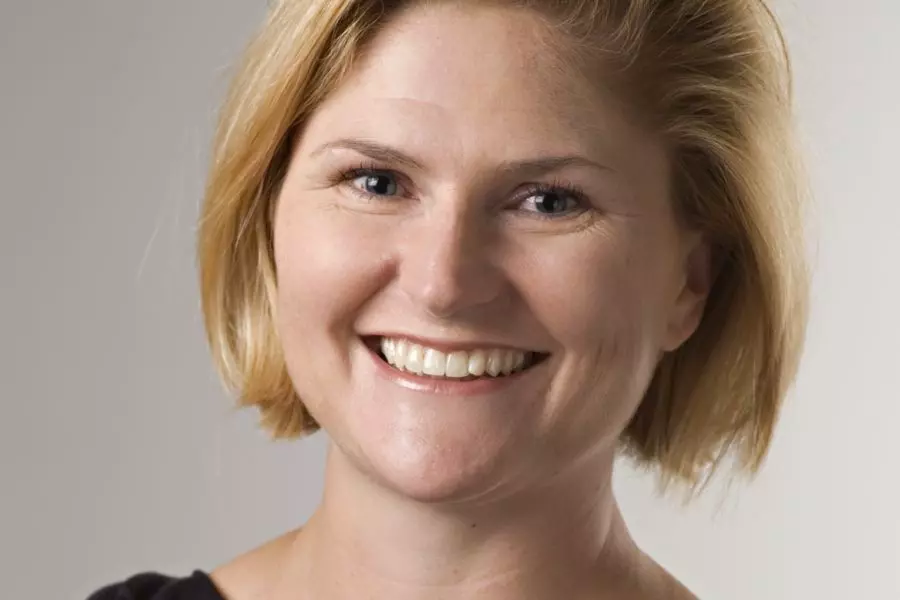News
Making a difference for housing supply

Thursday 20th of April 2017
Auckland’s desperate need for a big increase in housing supply prompted the city’s mayor, Phil Goff, to establish the Taskforce, which first met in February this year.
Goff said Auckland needs to build 13,000 new dwellings a year to meet demand but is building half that – and charged the Taskforce with finding common ground on the issues and making recommendations to r...
Want to read the full article?
Click the button below to subscribe and will have unlimited access to full article and all other articles on the site.






![[The Wrap] Bye Bye Bayly](https://goodreturns.publit.io/file/c_fill,w_900,h_600/39f23ac1-f7c7-4854-b700-a150004ebbac.webp)


